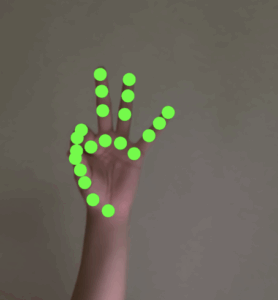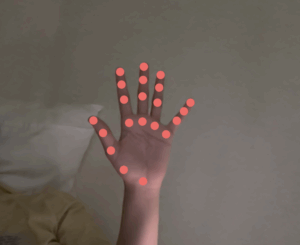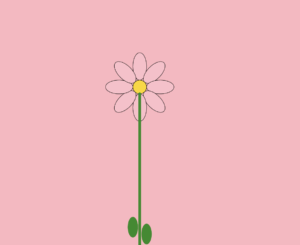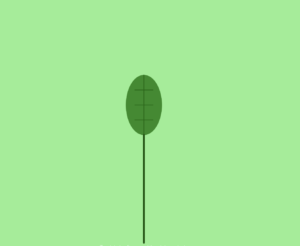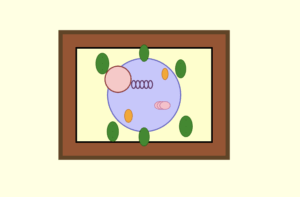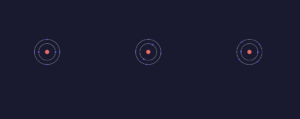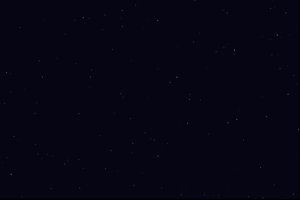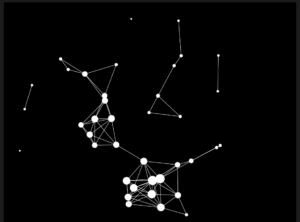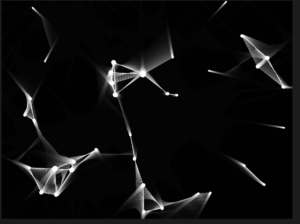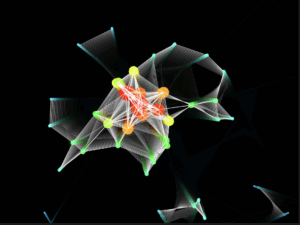- What are some of the ways that computer vision differs from human vision?
As humans, we are able to look at something and classify it no matter the angle, lighting. A computer on the other hand just sees pixels of certain colours and we see the result as a reflection of real life. Then this is how machine learning gets involved, through hundred of images being labelled, colours and patterns identified, the computer is able to tell what it is looking at. That is exactly how my ml model in my midterm is able to detect which hand is which, which fingers are which.
As humans, we are told what is what by our environment and we see this come up with blind people in particular. What we see as green, one may not see it the same way. So in that sense, we are similar.
- What are some techniques we can use to help the computer see / track what we’re interested in?
Frame differencing – detects motion by comparing each pixel in one video frame with the next. The difference in brightness indicates movement and this requires stable lighting and a stationary camera.
Background subtraction – detects presence by comparing the current frame against a stored image of the empty scene. Areas that differ significantly likely represent objects of interest, but this is sensitive to lighting changes.
Brightness thresholding – distinguishes objects based purely on luminosity and comparing each pixel’s brightness to a threshold value. This works when you can control illumination through backlightin.
By combining these techniques, we can create more complex art representations such as contact interactions (triggering events when a silhouette touches a graphic object), overlap interactions (measuring shared pixels between silhouette and virtual elements), or reflection interactions (computing angles when objects strike the silhouette). Warren’s research shows that once you’ve identified body pixels, implementing sophisticated interactions requires “little more than counting pixels” – making computer vision accessible for creating responsive installations, games, and performance systems where participants interact with virtual creatures or control visual elements through gesture and movement.
- How do you think computer vision’s capacity for tracking and surveillance affects its use in interactive art?
The surveillance aspect is unavoidable, computer vision in art exists in the same technological ecosystem as security systems and facial recognition.
Different artists engage with this differently. Krueger’s Videoplace uses vision technology playfully where people willingly participate. But Lozano-Hemmer’s Standards and Double Standards explicitly creates “a condition of pure surveillance” using symbols of authority and that visibility of surveillance is the point. Rokeby’s Sorting Daemon confronts automated profiling by making visible the disturbing implications of computer vision used for racial categorisation, using surveillance tools to critique surveillance itself. Jeremijenko’s Suicide Box is honeslty very creepy to me, to see deaths and have them shown really raises questions about who has the right to see those sort of moments.
This is a topic that raises questions on consent and where data of users is being stored. If I was to interact with some art, should I assume that it won’t store any input that I am feeding it

